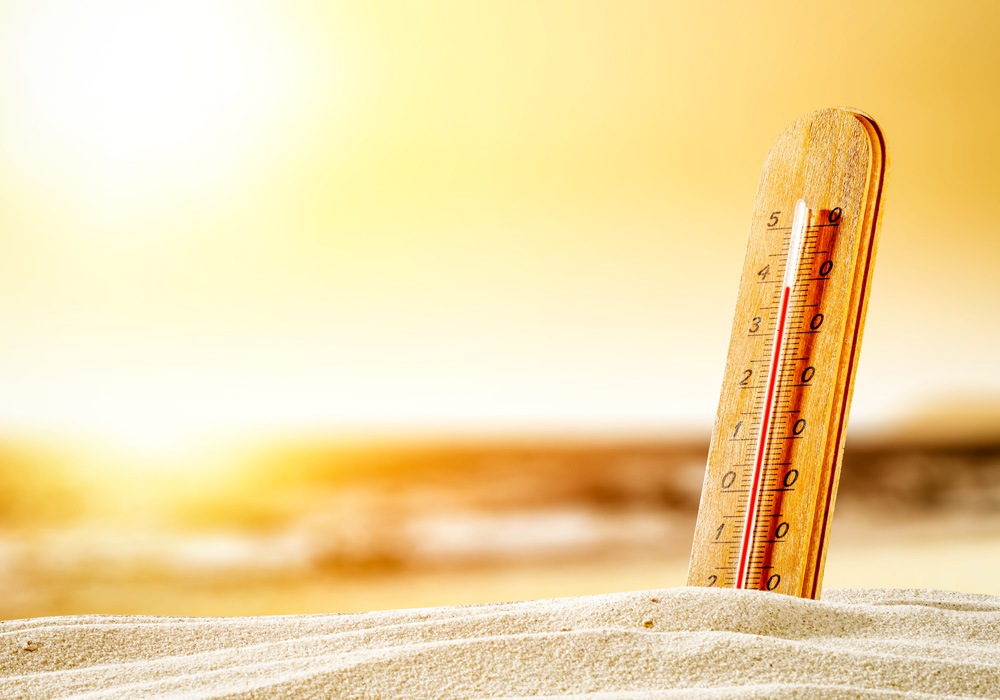The human body has the ability to maintain a constant internal temperature, through thermoregulatory mechanisms based on the human brain. This feature allows people to live in environments with great variations in environmental temperature (e.g., at the poles or at the equator). However, under certain conditions, it’s possible that the body’s ability to regulate its internal temperature will be disrupted, leading (among others) to sunstroke or heatstroke, especially during summer months. These two clinical conditions may exhibit certain similarities; however, they are also distinguished by fundamental differences.
What is sunstroke and which are its symptoms?
The term “sunstroke” describes a pathological condition caused by prolonged exposure of the head and neck to sunlight without a cover, especially during the hottest time of the day. It occurs when solar radiation is intense, direct and vertical (i.e., at noon) due to the sensitivity that the human brain demonstrates against heat as well as the irritation of meninges. The most common symptoms of a sunstroke are:
- Red and warm skin (especially on the face)
- Tachycardia
- Headache, weakness, nausea, dizziness, illusions, delirium
- Hot flush, vomiting
Heatstroke: Types & Symptoms
“Heatstroke” belongs to the category of thermal injuries, recognizing two clinical forms, the classic heatstroke and the exercise-induced one. Classic heatstroke mainly affects the elderly or people suffering from cardiovascular diseases. It occurs when people with inadequate mechanisms of thermoregulation and adaptability get exposed to extreme high temperatures for a few days. On the other hand, exercise-induced heatstroke afflicts mainly people who exercise or work under extremely high environmental temperatures, combined with a high percentage of atmospheric humidity. Symptoms include:
- Severe headache or vertigo
- Atony, faint tendency and drop in blood pressure
- Hot, red and dry skin
- Nausea, vomiting, tachypnea and tachycardia
- Fever with or without spasms
- Absence of sweating
- Loss of consciousness (shock)
Prevention & Treatment
As in most cases, there is no better cure than prevention. For this reason, especially during summer and necessarily in hot periods, an increased fluid intake (water, natural fruit juices) along with the consumption of small and light meals is recommended. In addition, it’s advisable to avoid prolonged and useless exposure to sunlight, especially at noon, as well as to refrain from heavy physical work or exercise, particularly in areas with high temperature, apnea and increased humidity. We should always prefer shady and cool places, dress in soft, comfortable and light-colored clothes, while wearing a hat and a sunscreen with high SPF.
Nevertheless, if we encounter an incident of sunstroke or heatstroke, we should immediately transport the patient to a cool and shady place. In addition, we may remove any heavy clothes and cool his head, neck and chest with water. If he is fully conscious and able to swallow, it’s useful to provide him -partially- with plenty of fluids. However, in such a case the provision of alcohol, coffee or food is prohibited. Finally, we should contact our doctor and, if necessary, call for an ambulance to transport the patient to the hospital.

